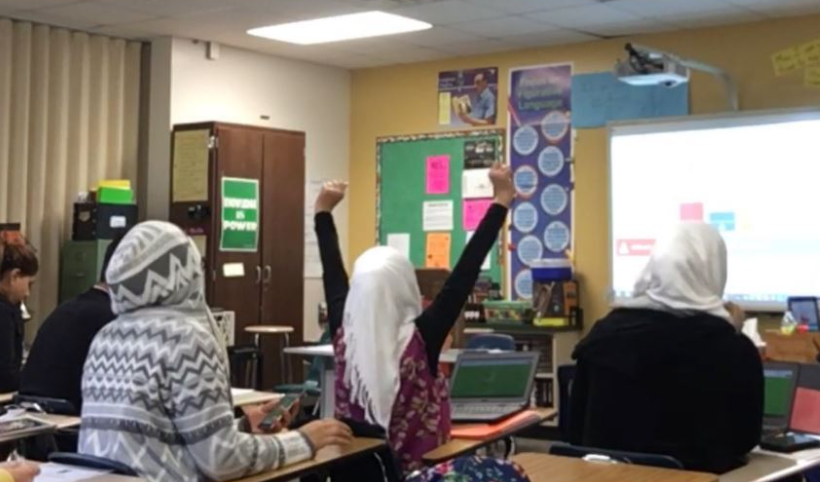Make the most of visuals to onboard students of all academic and language levels
Carol Salva, ESL Consultant and NELD Teacher, Spring Branch ISD:
“Feeling a bit anxious about back to school? I always do! It must be similar to the anticipation actors get before a big show. I know my students are feeling the same way, as everyone has high hopes for what could be.
I like to capitalize on this by starting the year with an activity that helps me connect every single student, no matter their language, background or academic level. My top tip for creating a selfie kahoot is to definitely use visuals as much as possible, as this makes your kahoot comprehensible to everyone in the classroom. Play around with illustrations, bitmojis, and real life photos.
My second tip is to use clear gestures and pointing as you explain the questions. Re-show the images after the questions, face your students and explain the imagery with a moderate rate of speech as you point and offer some gestures that might help language learners understand. For example, when I host a selfie kahoot and explain my family is from Mexico, I point to my chest and then I point to the country of Mexico in a picture of a world map. I might also hold up a picture of my parents as I explain my family is from there.
Finally, remember that language learners can understand a lot more than they can say. With visuals and gestures, you have set the tone for everyone in the class. You’re supporting them with language, you want them to know you as a person, and you believe in them so you’re going the extra mile for them.”

Give learners time to revise and reinforce knowledge
Susan Gaer, ESL Adjunct Professor, Santa Ana College School of Continuing Education and Mt San Antonio College:
“I’m teaching the lowest level of ESL. Since my students have no common language yet, you can’t just present massive amounts of information. Everything has to be short and sweet, so Kahoot! has been a lifesaver!
For example, the first week of class, students have to do a syllabus review. When I go over it for the first time, they understand very little. And that’s when I bring out this icebreaker kahoot. In just 10 questions, it encapsulates the most important info students need to remember.
We play this kahoot about 4 or 5 times the first week of class. It’s a great way to ensure that students understand the essential information and reinforce the knowledge.
People often ask me how I teach my ESL students to play Kahoot! It is very easy. You just play a round and they immediately understand how it works. After the first kahoot they almost demand me to play it every evening. Later, before the midterm, I start teaching them how to make their own games. The first step is to put them into groups. Ask them to make a five question multiple-choice quiz using information from the book.
Here’s the Syllabus Review kahoot I mentioned above and one of the kahoots my students made when we had food as the topic:”





